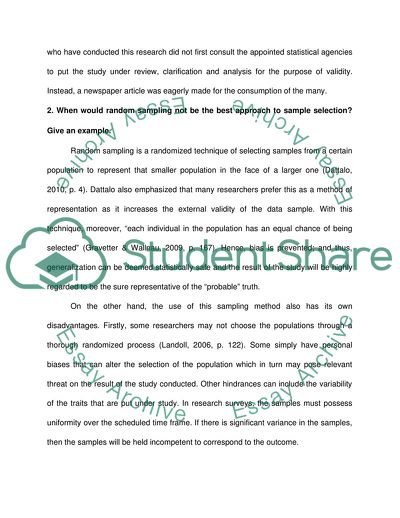Cite this document
(Healthcare and Statistics: Examples Term Paper Example | Topics and Well Written Essays - 1750 words, n.d.)
Healthcare and Statistics: Examples Term Paper Example | Topics and Well Written Essays - 1750 words. https://studentshare.org/statistics/1739906-healthcare-and-statistics-examples
Healthcare and Statistics: Examples Term Paper Example | Topics and Well Written Essays - 1750 words. https://studentshare.org/statistics/1739906-healthcare-and-statistics-examples
(Healthcare and Statistics: Examples Term Paper Example | Topics and Well Written Essays - 1750 Words)
Healthcare and Statistics: Examples Term Paper Example | Topics and Well Written Essays - 1750 Words. https://studentshare.org/statistics/1739906-healthcare-and-statistics-examples.
Healthcare and Statistics: Examples Term Paper Example | Topics and Well Written Essays - 1750 Words. https://studentshare.org/statistics/1739906-healthcare-and-statistics-examples.
“Healthcare and Statistics: Examples Term Paper Example | Topics and Well Written Essays - 1750 Words”. https://studentshare.org/statistics/1739906-healthcare-and-statistics-examples.


